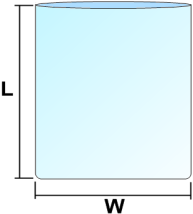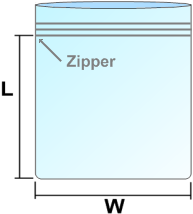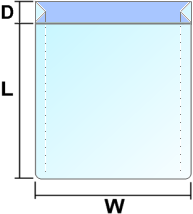In garments factory, sewing button size is calculated by three units e.g. in mm (millimeter), inch and ligne in accordance with buyer's instructions.
For finding out Button Size in mm and inch, we need measure the dia of button with measurement tape. To find out Button Size in ligne, we need divide button's mm dia by 0.635.
Button size calculation :
1 inches = 40 ligne = 2.54 cm,
1 ligne = 0.635 mm
Now find out ligne of a button with 10mm Dia?
Answer: 10 ÷ 0.635 = 15.75 ligne or 16 L (L refers to ligne or ligner)
12 pcs = 1 dozen,
12 dozen = 1 gross,
12 gross = 1 GG
1 GG = 1728 pcs (GG means Great Gross)
Suppose:
A shirt has 6 buttons, total order quantity 3456 pcs, find out total button quantity for the order.
Answer: 6 × 3456 ÷ 1728 = 12 GG.
Note: Extra quantity (minimum 3%) is added while counting buttons for an order to save garments from risk in case of shortage due to defective & damaged.
For finding out Button Size in mm and inch, we need measure the dia of button with measurement tape. To find out Button Size in ligne, we need divide button's mm dia by 0.635.
Button size calculation :
1 inches = 40 ligne = 2.54 cm,
1 ligne = 0.635 mm
Now find out ligne of a button with 10mm Dia?
Answer: 10 ÷ 0.635 = 15.75 ligne or 16 L (L refers to ligne or ligner)
(Formula: button dia in mm ÷ 0.635= button ligne)
Button quantity calculation:
12 pcs = 1 dozen,
12 dozen = 1 gross,
12 gross = 1 GG
1 GG = 1728 pcs (GG means Great Gross)
Suppose:
A shirt has 6 buttons, total order quantity 3456 pcs, find out total button quantity for the order.
Answer: 6 × 3456 ÷ 1728 = 12 GG.
(Formula: number of buttons per product × order quantity ÷ 1728)
(1 GG = 1728 pcs)
Note: Extra quantity (minimum 3%) is added while counting buttons for an order to save garments from risk in case of shortage due to defective & damaged.






